Grandma’s Homemade Pie Crust
As an Amazon Associate and member of other affiliate programs, I earn from qualifying purchases.
When anyone talks about Grandma’s famous pies, then they usually mention her homemade pie crust. Always the perfect golden brown flaky bottom to whatever filling was added. With just 3 basic pantry ingredients, you can make one yourself in no time at all.

There is just nothing better than a homemade pie crust! I have so many great pie recipes from my grandmothers, all cherished like family heirlooms. For a homemade pie to truly hit the mark set by Grandma though, homemade pie dough is a must!
The Ingredients You Need For Homemade Pie Dough
You will most likely find most of these ingredients in your pantry. And if not, then no worries, a quick trip to the store is worth the effort for this super simple pie crust recipe.
All you need for easy pie crust are these ingredients, and one of them you won’t even need to shop for:
- Sifted flour
- Salt
- Crisco shortening
- Water
Making Easy Homemade Pie Dough
With only three ingredients, plus some water, you know things are not going to get complicated. Far from it! But, with all things that are super simple like homemade pie crust, the trick lies in the tiny details. Once you have those nailed down, then you may never buy a pre-made pie crust again.

A perfect lightly baked pie crust offers an edible platter for every kind of meal. Use it for a brunch-time quiche, or a chicken pot pie, and every kind of fruit filling you can possibly imagine. Read on to find a bunch of the recipes passed on to me from my grandmother. As the saying goes… The classics never grow old!
Start With The Dry Ingredients For Making Simple Pie Crusts
Flour, salt, and shortening. Those are considered the “dry ingredients”. I know shortening could legitimately count as a “wet” ingredient, but let’s not get into the philosophical issues here. The important thing to know? All these ingredients get mixed together first before you start slipping any water in.
Make Sure The Flour Is Sifted
The finer the flour, the lighter the crust. Flakiness and lightness stand as the hallmarks any great pie crust rest upon. The lightness results from a well-sifted flour. If you don’t happen to have a sifter handy, then use “pastry flour”. Pastry flour is just flour that has been ground a bit finer. You measure it the same as regular flour.
Go ahead and sift the salt with the flour to make sure it is a fine consistency too. This will help mix it in more completely to the dough as well.
Chopping In The Shortening To The Pie Crust Dough
With the flour and salt combined, then begin mixing in bits of shortening. Ideally, you want to mix it in to create pea-sized bits of shortening and flour. Do not over mix, and do not overwork the flour and shortening. The more you blend the flour and shortening, the longer the gluten strands form. Also, you don’t want the shortening melting into the flour, just essentially coating it. Remember, you are not baking bread. This is all about the crust.
Use Chilled Water To Make A Dough Ball
With the shortening mixed into the flour, then slowly start adding in chilled water. The water helps everything clump altogether into a ball. You might need to work it a bit to get it all together, but again, no need to overwork it.
Using chilled water helps make the pie crust flakier. Seriously, use ice water. As cold as possible. Using cold water prevents the shortening from melting completely into the dough. Cold water is critical to making flaky pie crust!
Shaping The Pie Crust Edges
Now you have this wonderfully smooth ball of pie dough. Roll it out or press it into your pie tin or pan. Make sure it is even throughout so it cooks evenly. You want it thick enough to hold the ingredients, but not too thick that it doesn’t cook with the rest of the ingredients in there. A little less than a quarter inch is fine.
Intentionally oversize it just a bit over the actual pie tin size. This allows forming that cool rolled edge or a forked edge per your personal preference.
Now, you are ready to make a pie, but in some cases, you may need to “blind bake” the dough.
Blind Bake a Pie Crust
If you are going to learn how to make homemade pie crusts just like Grandma, then knowing the techniques of “blind baking” your pie crust is a must. I have a complete how to that goes into detail. In essence, blind baking a pie crust involves par-baking the crust to use in recipes that the filling doesn’t require baking, like my French Silk Pie or my Banana Cream Pie. When you know a couple of tips and tricks, you won’t have the issue of the pie crust slumping into the bottom of the tin when you pre-bake it.
Can I Make Pie Crust Without Shortening?
If you prefer, then using butter, oil, margarine, or lard are also possible to use for pie crust. Each has advantages and disadvantages depending on which you choose, but the measurements are the same.
Lard and margarine work very similarly to shortening. Butter is a bit trickier since it has a lower melting point than the others. However, butter adds a nice flavor, too. Shortening doesn’t add flavor so much but in my opinion, it is the easiest to work with. Oil is not ideal since it forms a more crumbly dough. Lard can add pork flavor which is not bad, but not probably ideal for fruit pies… and certainly not vegan friendly.
 Love it? Pin it!
Love it? Pin it!
Don’t forget where you found this great how to on making pie crust! Pin it to your favorite Pinterest board before you go!
Let’s Bake Some Pies!
Here are some go-to pie recipes and my favorites are of course the ones I learned from my Mother and Grandmother!
- Fresh Strawberry Pie (pictured above)
- Pecan Pie
- Grandmother’s Rhubarb Pie
- Coconut Banana Cream Pie
- Chocolate Meringue Pie
- Rueben Pot Pie
- German Onion Pie
- Chicken Pot Pie
Let’s make a pie crust!
LIKE THIS RECIPE?
Don’t forget to give it a ⭐️⭐️⭐️⭐️⭐️ star rating and
leave a comment below the recipe!
Grandma's Homemade Pie Crust
Ingredients
- 1 ½ cups flour sifted
- ½ teaspoon salt
- ½ cup Crisco shortening
- About 1/3 cup cold water (use as much as needed)
Instructions
- Sift flour before measuring. Spoon lightly into the measuring cup and level without
shaking or packing it down. - Combine flour and salt in a mixing bowl.
- With a pastry blender, cut in Crisco until ingredients are fairly course.
- Sprinkle with water a little at a time, working the dough into a firm ball with your hands.
- Place dough ball on a lightly floured board and roll into a circle about 1 1/2” larger than the pie plate when it’s inverted onto the crust.
- Trim the crust so there is about ½” overlap on the pie plate and form the crust edge.
- Fill with filling and bake according to your recipe, or blind bake and cool for recipes that don't require a baked filling.


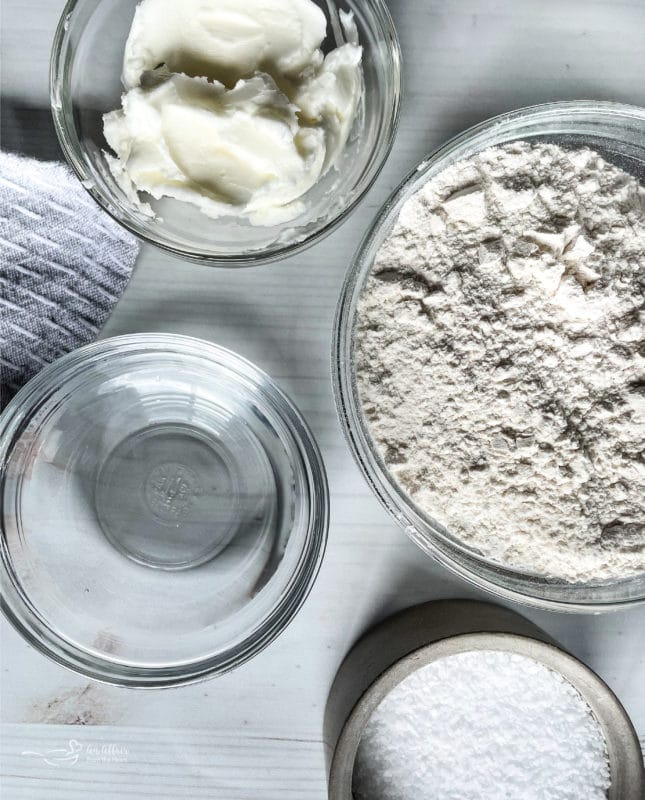


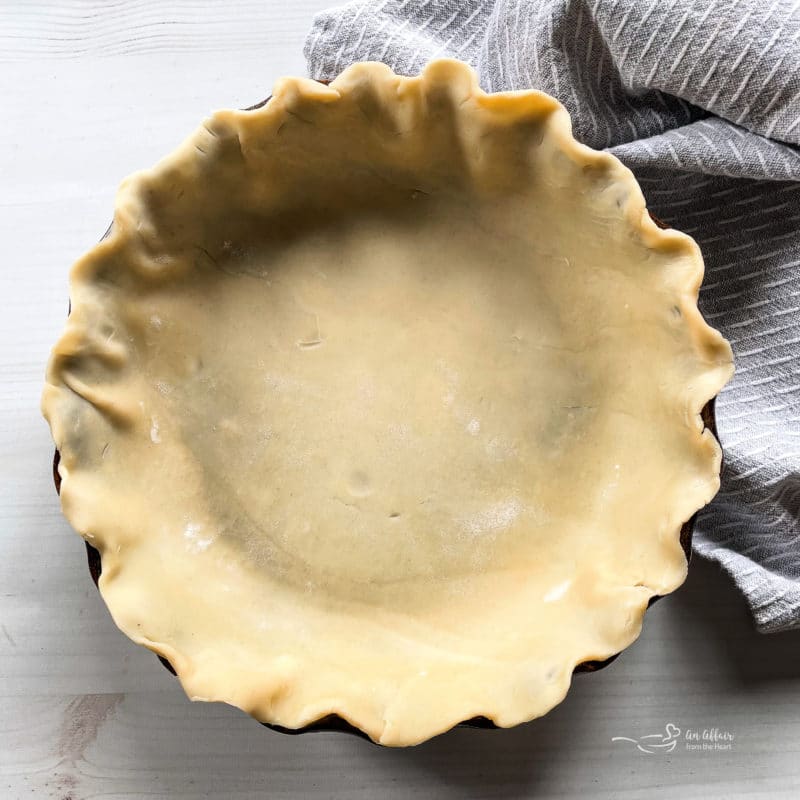
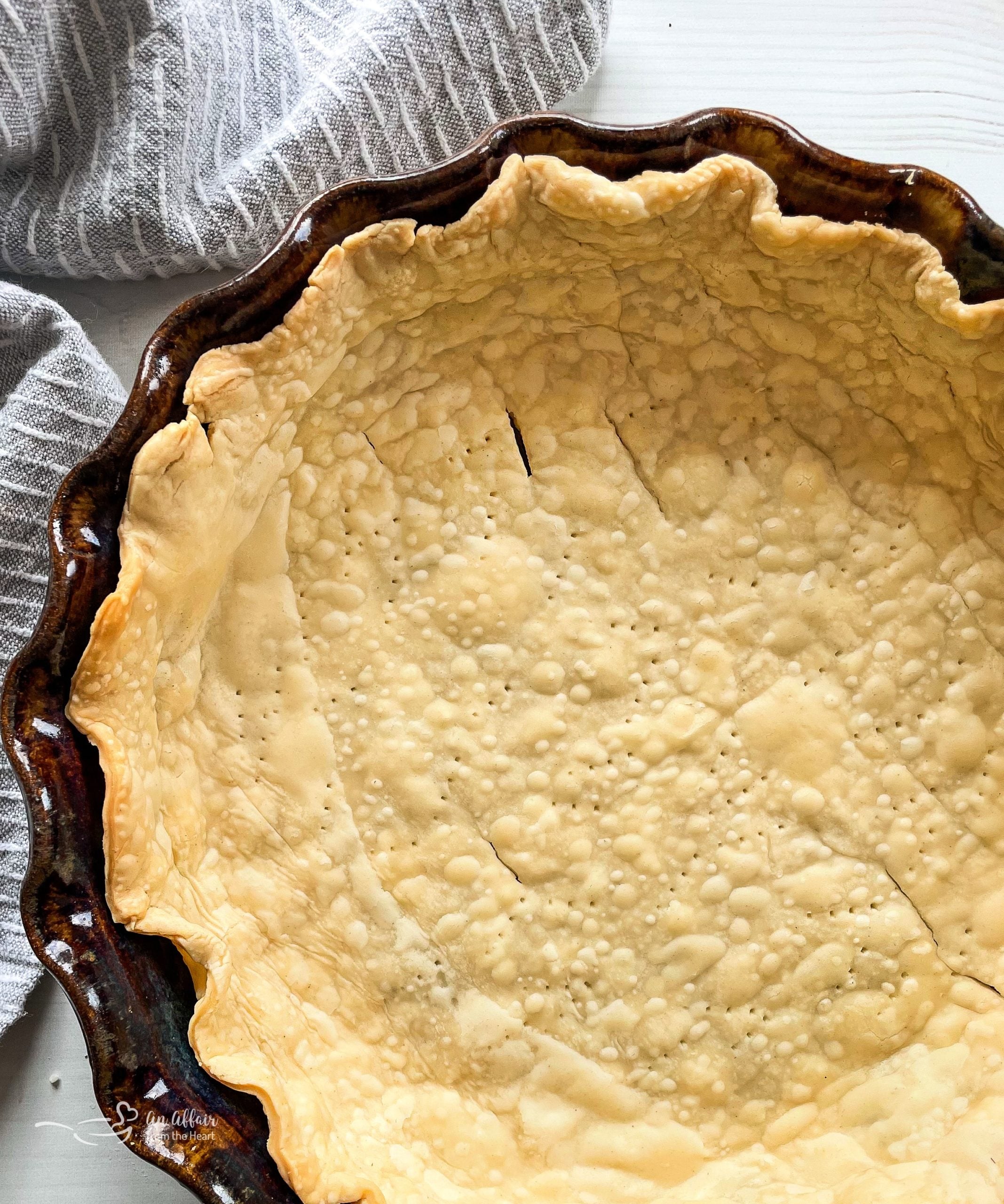
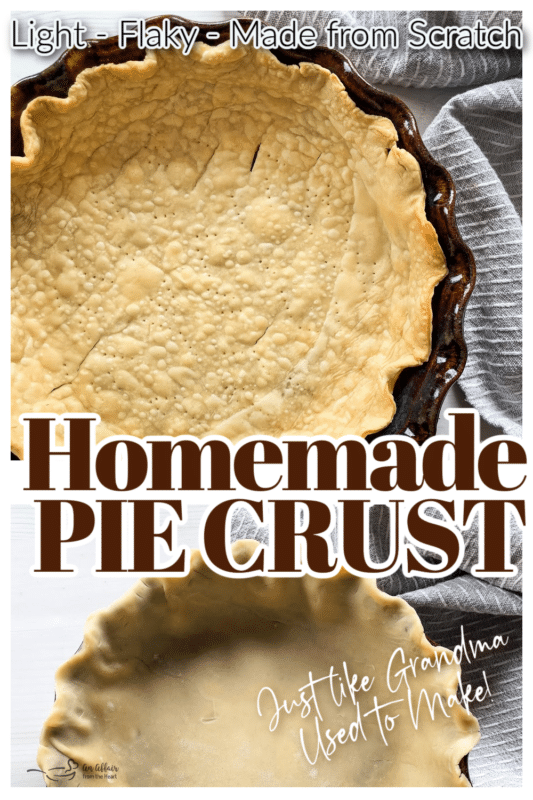 Love it? Pin it!
Love it? Pin it!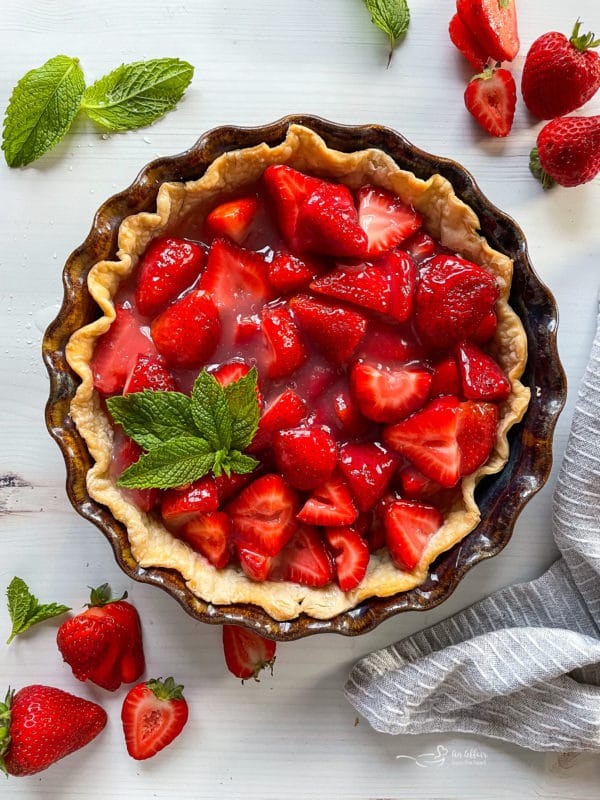


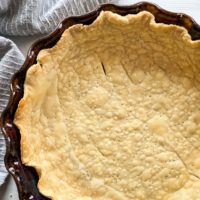
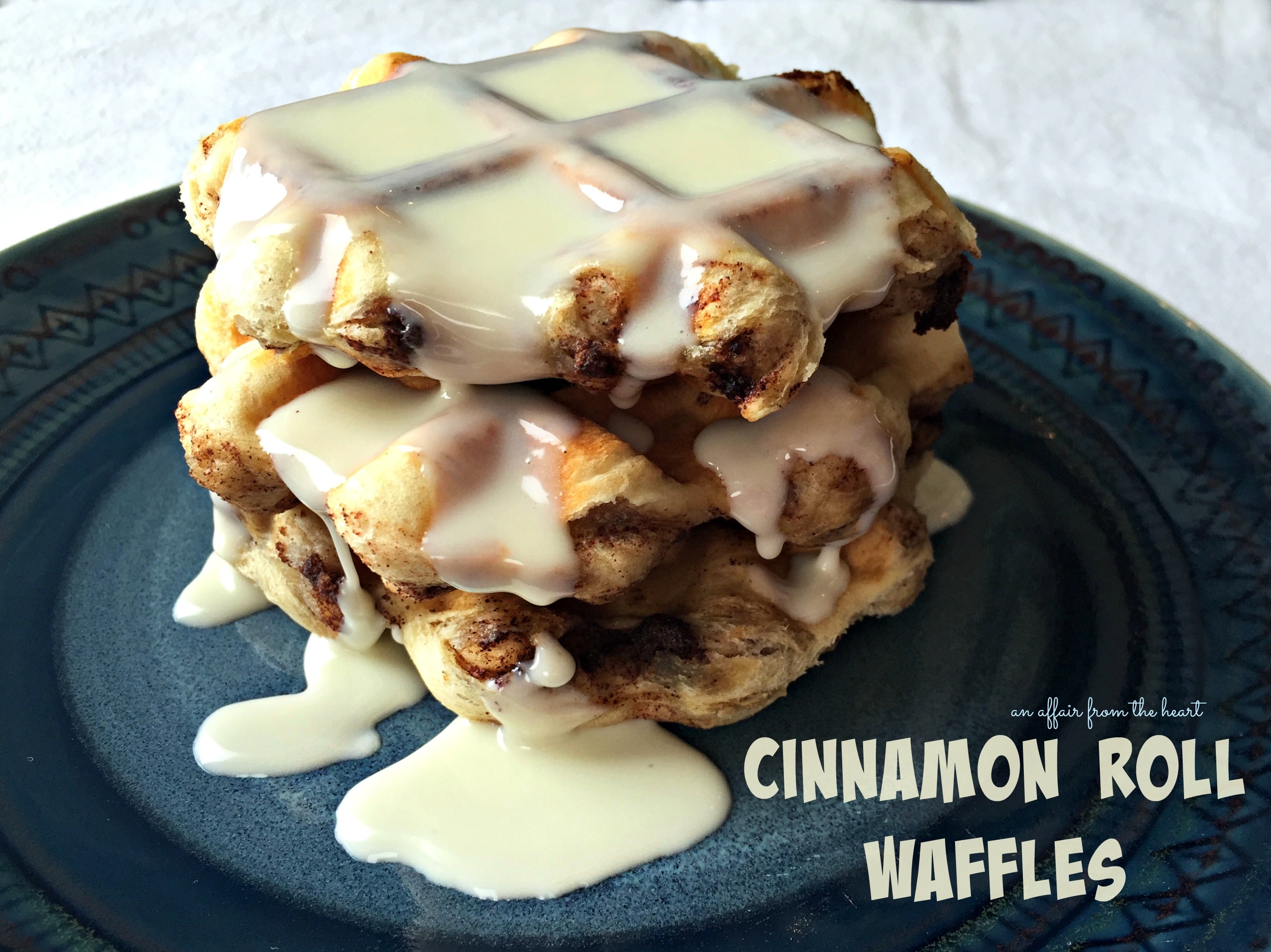

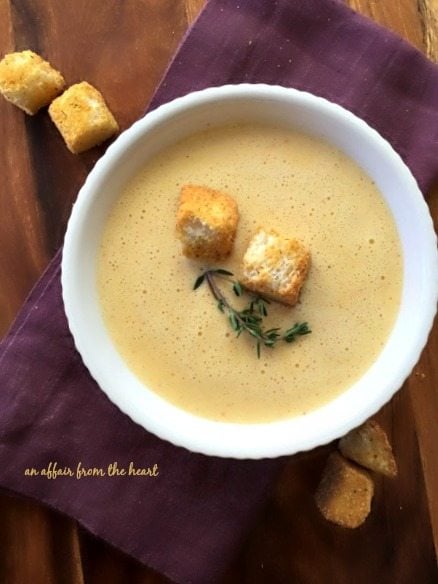
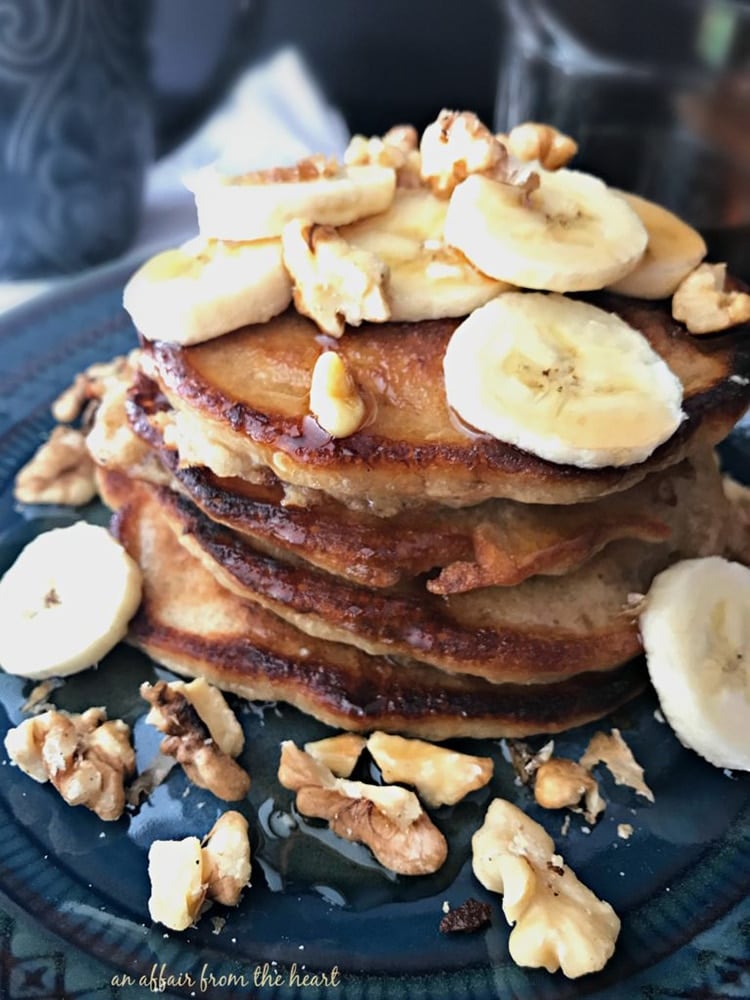
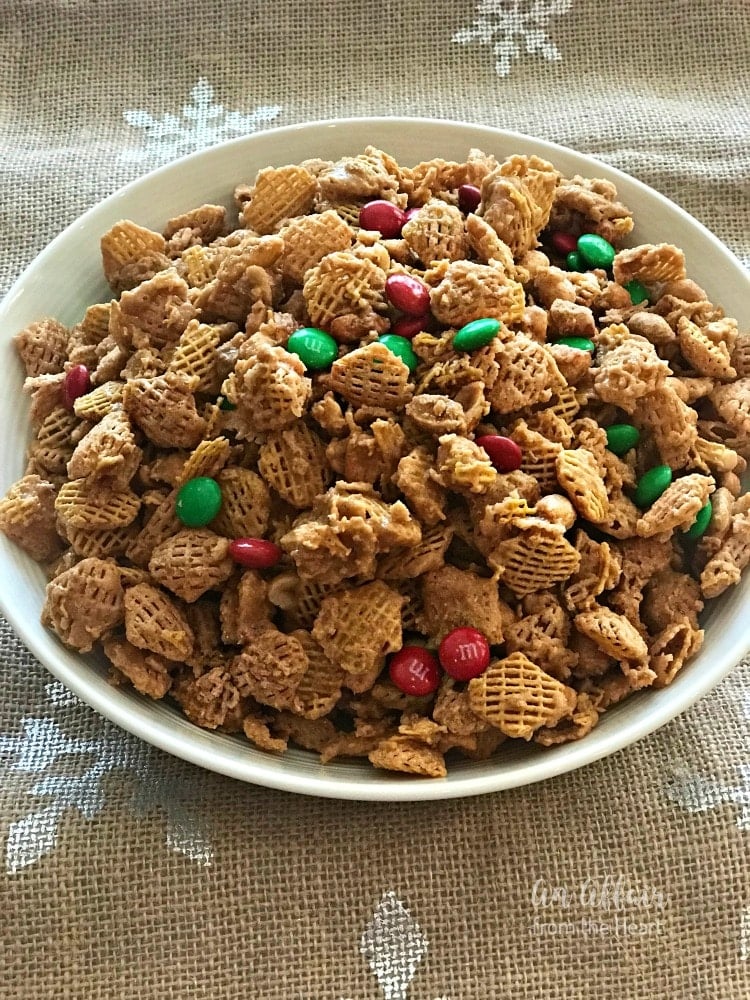
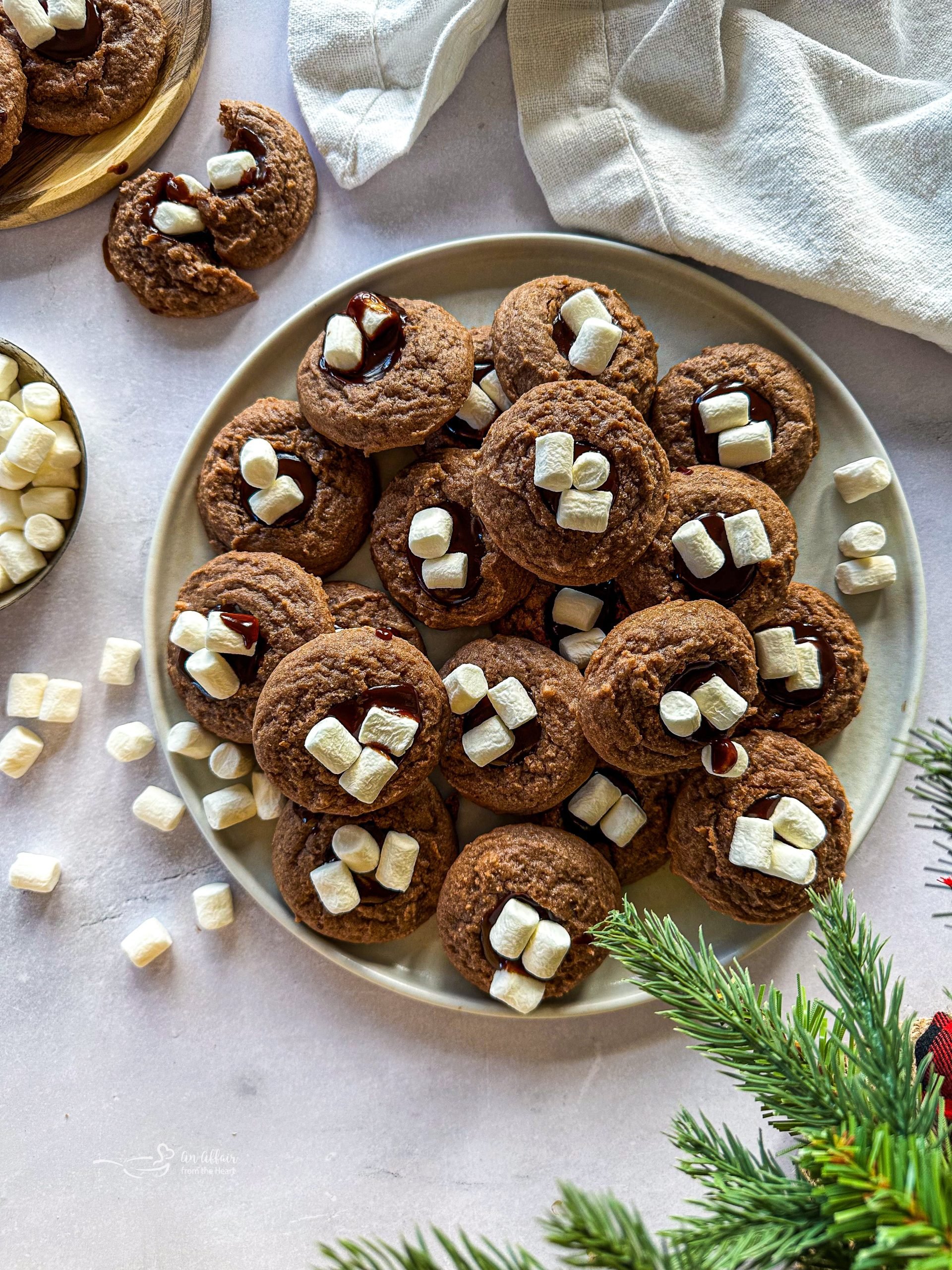
My mom, aunt and I were just talking about how grandmas pie crust was always so much more flakey. This recipe is exactly what we were talking about! Thank you for the share.
This pie crust sounds amazing and perfect for our gathering today! So excited to make this pie crust very soon! Thanks for the helpful instructions and tips!
I generally buy pre-made crusts from the store, but decided to give your recipe a try instead! I am glad that I did! It was so easy and turned out perfectly flakey and delicious!
What a great pie crust! Will be perfect for fall too, to make pumpkin pie and apple pie.
This was such a hit! Thank you for this awesome recipe
Homemade pie crust has always been a little intimidating to me and I’ve yet to find a recipe that works for me every time, so I’m excited to try this out!
Would love to try your recipe. Looks flaky and crispy.
Who doesn’t love flakey pie crust? Love all the detailed tips and tricks to achieve a perfect pie crust.